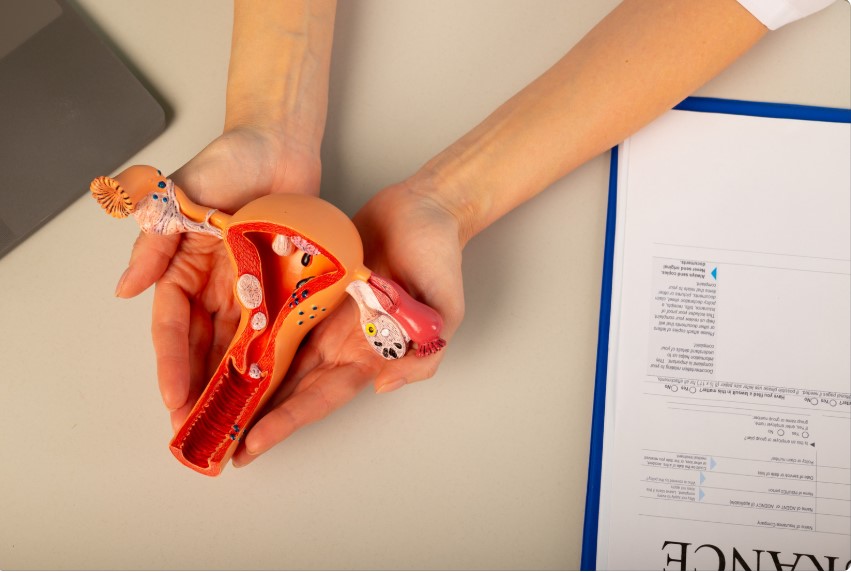
For many women, fertility becomes a priority when planning for pregnancy, especially after the age of 30. Understanding ovarian reserve empowers women to make informed decisions about their reproductive health and future family planning. This guide explains ovarian reserve, its connection to egg quality and antral follicle count, and how it impacts fertility.
A woman is born with millions of eggs, but this number declines naturally over time:
✔️ At birth – 2-3 million eggs remain.
✔️ At puberty – This drops to 300,000 to 500,000 eggs.
✔️ After age 35 – The decline accelerates, affecting fertility.
✔️ Until menopause – About 1,000 eggs are lost each month.
Anti-Müllerian Hormone (AMH) is produced by the ovaries and indicates the number of eggs remaining. A blood test measures AMH levels, making it a crucial tool for fertility assessment. However, while AMH reflects egg quantity, it does not measure egg quality.
✅ Why AMH Testing Matters:
Antral Follicle Count (AFC) is determined via a transvaginal ultrasound. It counts small follicles in the ovaries, providing a visual assessment of ovarian reserve.
🔹 AMH vs. AFC – Are They Reliable?
While aging naturally affects egg quality, lifestyle changes can help improve reproductive health.
🔹 Diet – Eat nutrient-rich foods (antioxidants, omega-3 fatty acids, lean proteins).
🔹 Exercise – Maintain a healthy weight and improve circulation.
🔹 Stress Management – Practice yoga, meditation, or deep breathing exercises.
Although no direct test measures egg quality, maintaining overall health can enhance fertility outcomes.
For women over 35, it’s recommended to consult a fertility specialist if pregnancy does not occur within six months of trying.
✅ Diagnostic Tools:
A low ovarian reserve does not mean natural conception is impossible but may impact fertility treatment response. Treatment options depend on:
✔️ Age
✔️ Overall health
✔️ Fertility goals
Fertility specialists can guide you through personalized options to optimize your chances of conception.
At Sakalli IVF, we understand that every fertility journey is unique. We provide expert guidance and personalized care to help you navigate your path to parenthood.
✔️ Comprehensive Testing – Detailed evaluations, including AMH levels and antral follicle counts.
✔️ Personalized Solutions – Treatment plans tailored to individual needs, from natural conception to advanced treatments like IVF or egg donation.
✔️ Expert Support – Our specialists ensure you feel supported every step of the way.
Your ovarian reserve is a critical factor in reproductive health. By undergoing comprehensive testing and seeking expert guidance at Sakalli IVF, you can explore your fertility options—whether pursuing natural conception or advanced fertility treatments.
📞 Contact Sakalli IVF today to schedule a consultation and take the next step toward parenthood.
Copyright © Sakalli IVF. All rights reserved